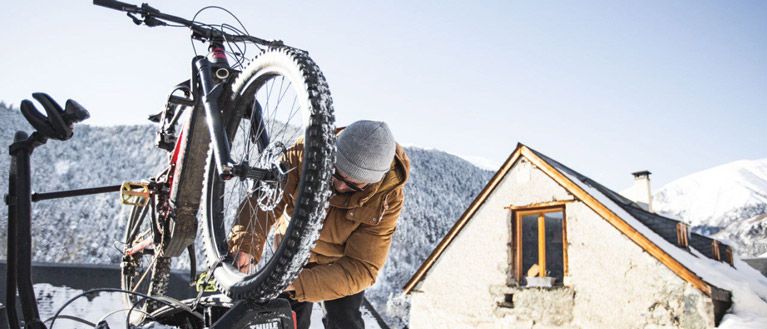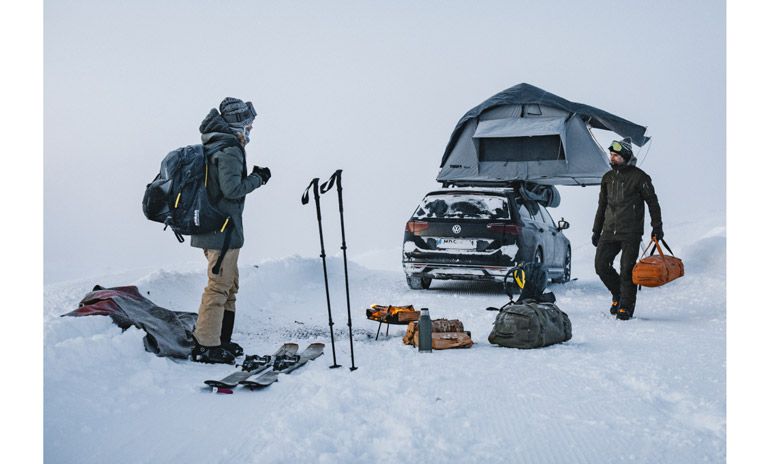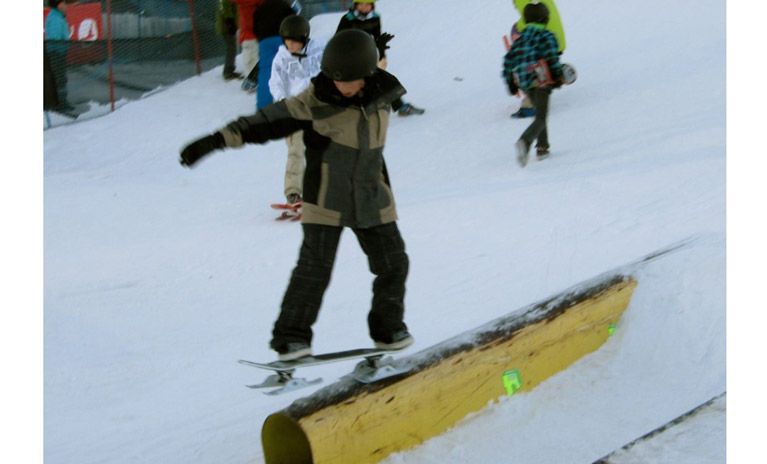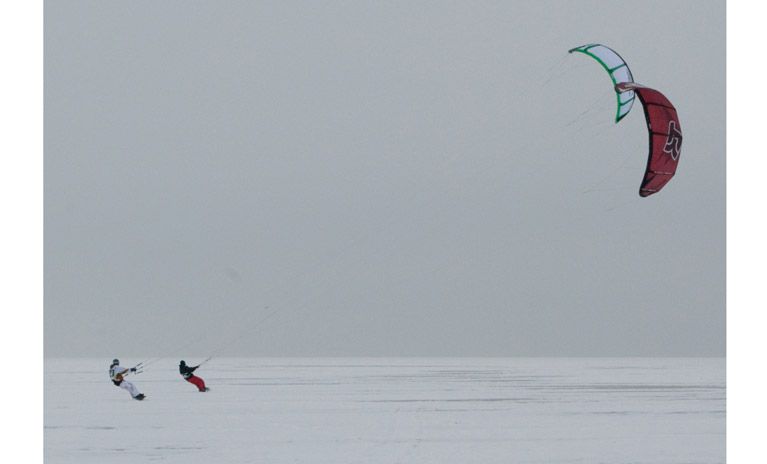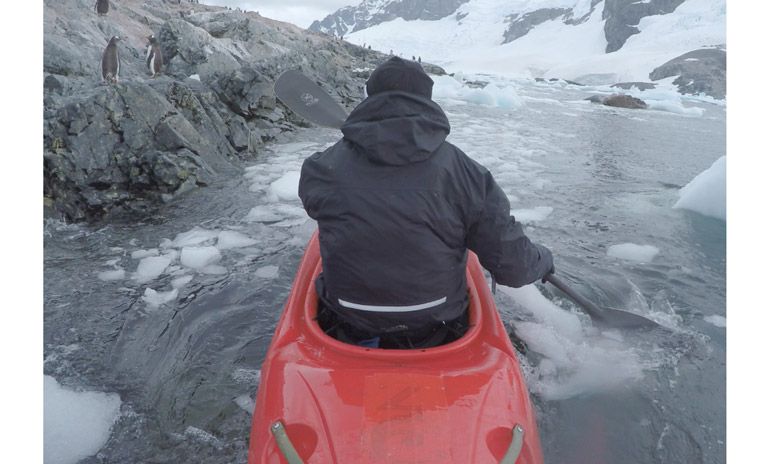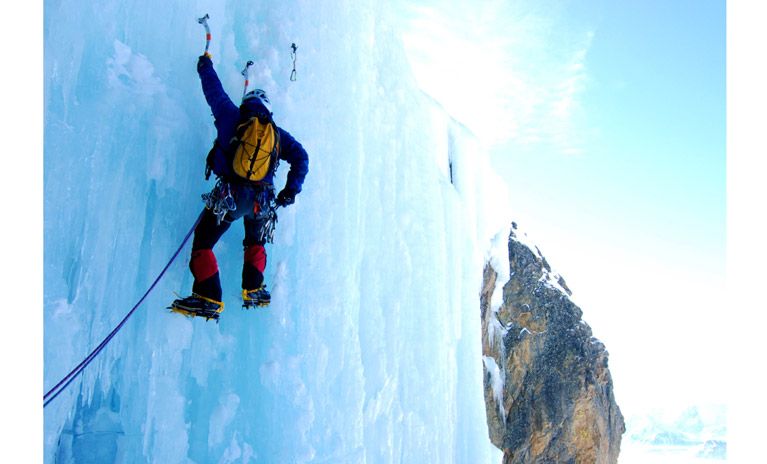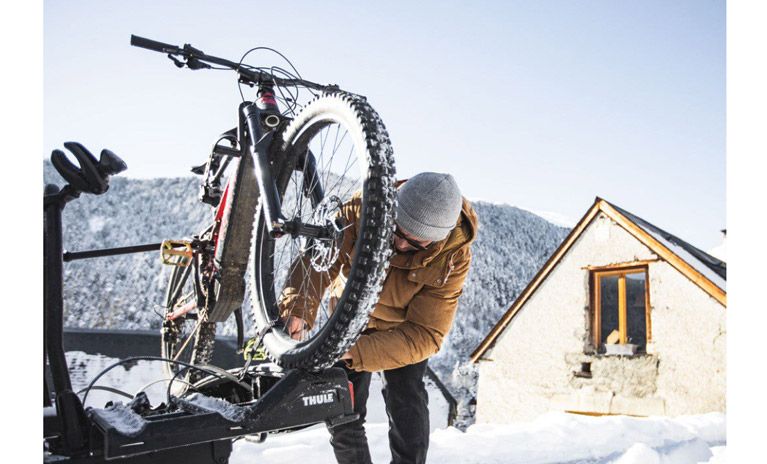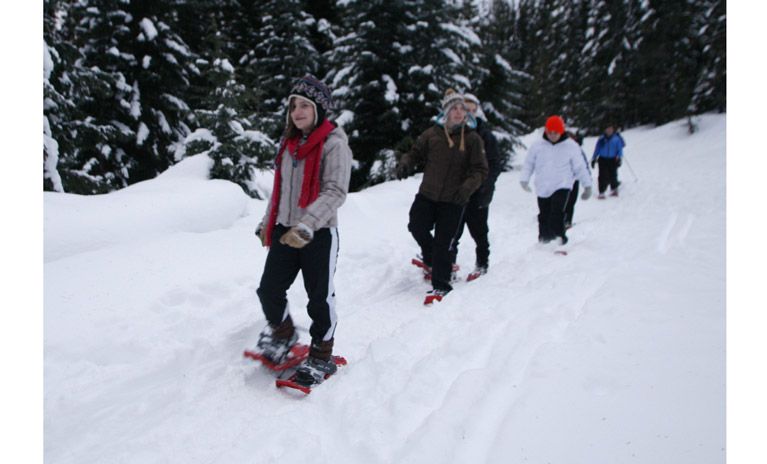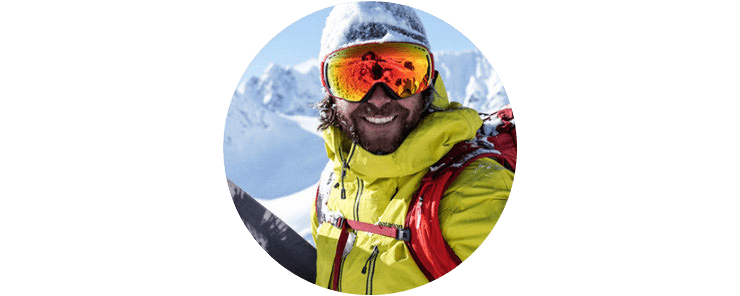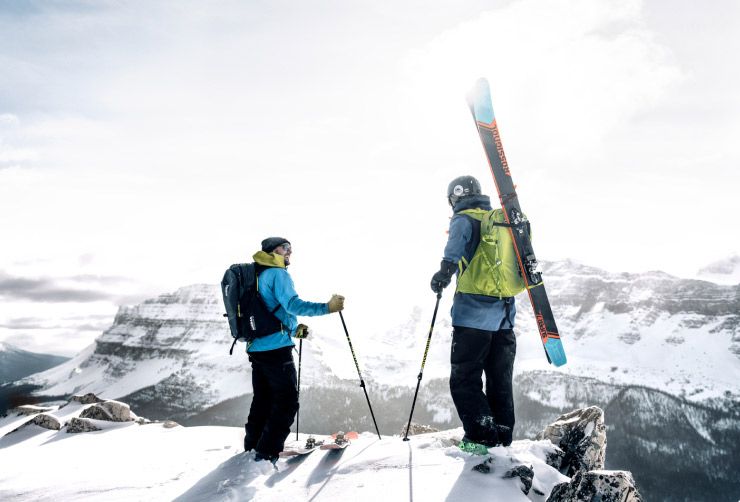Here are 10 exciting outdoor winter activities recommended by professional skiers and snowboarders, from beginner activities to extreme winter sports.
We asked skiing and snowboarding pros for some hair-raising winter sports on their radar.
You’ll hear from Martin McFly Winkler (freeskier and mountain guide), Xavier De Le Rue (champion snowboarder), Anders Backe (freeskier and film star), and Pedro Oliva (whitewater kayak adventurer) on outdoor winter activities that get their hearts racing.
Here are their recommendations for exhilarating, lesser-known winter sports that they think everyone else should try too – whether you’re an extreme athlete or just a beginner.
In this article:
